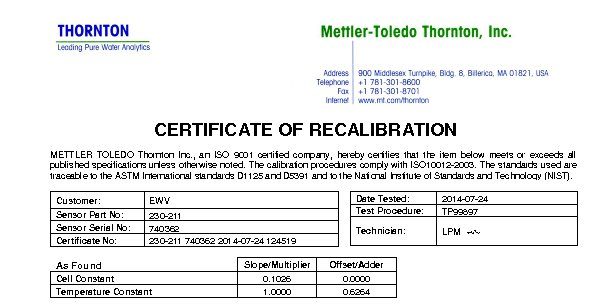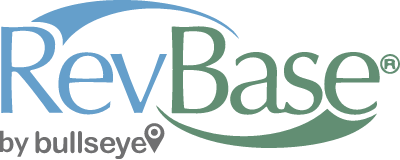
Businesses that must comply with regulations often face special marketing asset management challenges. A robust marketing asset management system with the right processes in place can be critical in helping you ensure compliance with various laws, regulations, and guidelines. It can also provide evidence to prove compliance in the event of an audit.
Staying in Compliance With Regulations on Start and End Dates
One common area of concern in regulated industries is complying with requirements on approved uses of marketing content. For these businesses, it’s common for marketing assets to have start and end dates during which material can be used. The marketing asset management system can provide automated tools to ensure that sales reps and other users have access to these materials during appropriate timeframes and that the material is withdrawn or expired at the end of the period.
In some cases, businesses use their marketing asset management system to have sales reps acknowledge and verify that they’re no longer using particular content. Of course, there’s a little bit of irony here, because much of what we do with marketing asset management involves promoting content and ensuring that sales reps have access to the latest and greatest materials. In this particular case, it’s important for the business to be able to properly expire and withdraw materials: to take them away from reps.
Using Marketing Asset Management for Handling Regulated Products
Another common topic of concern for regulated businesses is the handling of controlled or regulated products. If these businesses make product samples available to customers, prospects, and others for exhibits, trade shows, and so on, tight recordkeeping is often required for each item. This may include details on the conditions upon which it was given away; and on each return, the reason it was sent back and condition upon return.
Basically, regulated businesses need strict accounting of each product made available to the field or public. Here again, a marketing asset management system – if used to collect and approve requests, and to acknowledge receipt of material by an end user – provides the documentation, reports, and accountability needed in the event of an audit.
Using MAM for Compliance With Regulations on Public Notifications
Another example of the role of marketing asset management is making information available to the public. This is often the case in consumer healthcare products and life science companies. These businesses need to make available certificates of processing and compliance, material safety data sheets, and other documents to customers. In many cases, tens of thousands or even hundreds of thousands of these documents are involved, because each document is associated with a given part, lot, or process number.
A marketing asset management system is essential, because it provides a repository to manage all these documents; to publish them directly to a website for user access; and for searching, recording, and documenting the availability of these assets. Again, this is essential in the event of an audit.
Identifying and Tracking Assets via Marketing Asset Management for Trademark and Product Claims Exposure
Trademarks and product claims relating to marketing assets are a particular area of concern in regulated industries. Thus, many businesses are highly sensitive to trademark issues and the use of documented product claims. The marketing asset management system can be very useful in identifying and tracking assets that have trademark and product claim exposure.
To download our complimentary white paper, “10 Signs You Need Marketing Asset Management,” click here.
